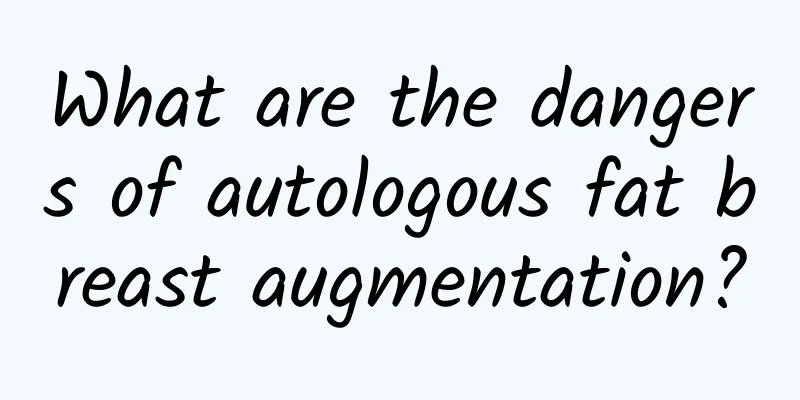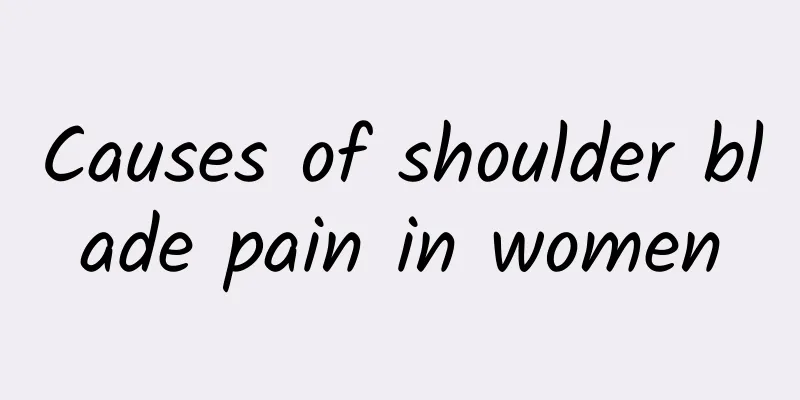What is the cause of chest tightness, shortness of breath and rapid heartbeat?

|
I don’t know if you have ever had this experience before, where you suddenly feel a tightness in your chest and your heart rate increases without you knowing what’s going on. It is not a good thing to experience chest tightness and shortness of breath from time to time. What is going on? Chest tightness and shortness of breath is a subjective feeling of difficulty breathing or insufficient breath. Those with mild symptoms will feel nothing serious, but those with severe symptoms will feel uncomfortable, as if a stone is pressing on their chest, and may even have difficulty breathing and cause chest tightness and shortness of breath. There are two causes of chest tightness and shortness of breath. One is functional chest tightness and shortness of breath, and the other is caused by cardiac neurosis. Functional chest tightness It means that if you stay in a room with closed doors and windows and poor air circulation for a long time, or encounter some unpleasant things, or even have a quarrel or dispute with others, or are in a climate with low air pressure, you will often feel chest tightness and fatigue. Cardiac neurosis It is a kind of systemic neurosis with various symptoms. The most common subjective symptoms are palpitations, dyspnea, precordial pain and general fatigue. There are also manifestations such as irritability, insomnia, sweating, trembling, dizziness and nightmares. There are many reasons for a rapid heartbeat. When an adult's heart rate exceeds 100 beats per minute, it is called tachycardia. There are two types of tachycardia: physiological and pathological. A faster heartbeat when running, drinking, doing heavy physical labor, or being emotionally excited is physiological tachycardia; If tachycardia is caused by diseases such as high fever, anemia, hyperthyroidism, bleeding, pain, hypoxia, heart failure and cardiomyopathy, it is called pathological tachycardia. Some common symptoms of tachycardia are: When the heartbeat is too fast to maintain effective blood circulation, symptoms of tachycardia such as palpitations, rapid heartbeat, chest pain, dizziness, vertigo, coma or semi-coma may occur. In tachycardia, the heart rhythm may beat regularly or irregularly. There are two types of ventricular tachycardia and atrial tachycardia: First: If the rapid heartbeat originates in the ventricles, it is called ventricular tachycardia and can prevent the heart from pumping enough blood to the brain and other vital organs. First, the electrocardiogram of ventricular tachycardia shows that the ventricular rate is often between 150-250 times/min, the QRS wave is wide and deformed, and the duration is widened. Second, the direction of the T wave is opposite to the QRS wave, and there is no fixed relationship between the P wave and the QRS wave. Third, the QT interval is mostly normal, but may be accompanied by QT interval prolongation, which is more common in polymorphic ventricular tachycardia. Fourth, the atrial rate is slower than the ventricular rate, and ventricular fusion waves or ventricular capture may sometimes be seen. |
<<: Does sweating a lot during exercise and fitness indicate poor physical fitness?
>>: What exactly is realgar and what are its effects
Recommend
Can cerebral palsy be completely cured?
The occurrence of cerebral palsy will cause many ...
Can I get vaccinated against bronchitis?
Bronchitis patients are always troubled by sympto...
What should I do if my baby eats gentian violet?
Gentian violet is an external medicine and cannot...
Location of the liver
The heart, liver, spleen, lungs and kidneys are c...
Can snake venom be drunk directly?
Snake venom is a snake's powerful weapon. Sna...
Why is the ejaculation red?
When ejaculating, if the semen is red, this pheno...
What causes renal cysts?
Kidney cyst is a relatively common kidney disease...
The role of standard myrtle
Standard myrtle is mainly used to treat chronic s...
What are the side effects of doing B ultrasound frequently?
B-ultrasound is a medical technology that can pro...
Damage to teeth caused by tooth nerve killing
Toothache can sometimes be an unbearable condition...
What medicine is best for frequent urination?
Frequent urination is a urological disease, and t...
Pictures of the effects and functions of Citrus aurantium
Traditional Chinese medicine and Chinese herbal m...
What medicine does traditional Chinese medicine use to treat vitiligo
Vitiligo is a relatively stubborn skin disease, a...
Tips for red spots on ankles
Small red spots appear on the ankles, which is of...
What is the function of deer antler cream?
Deer antler cream is a very famous traditional Ch...









